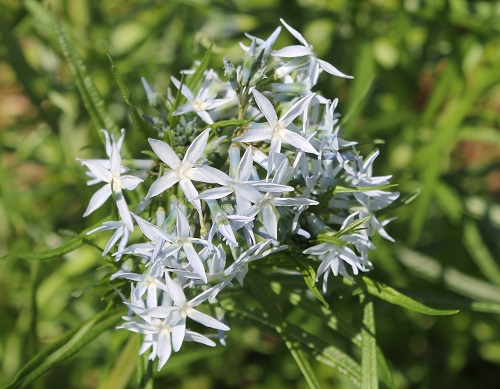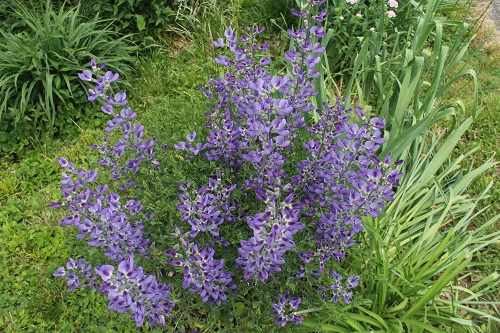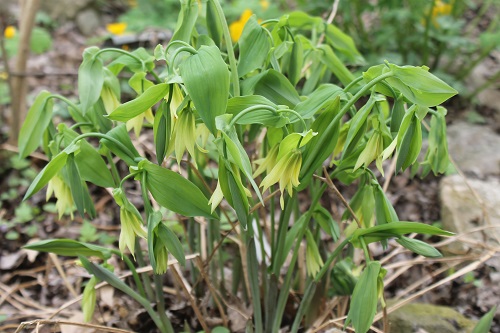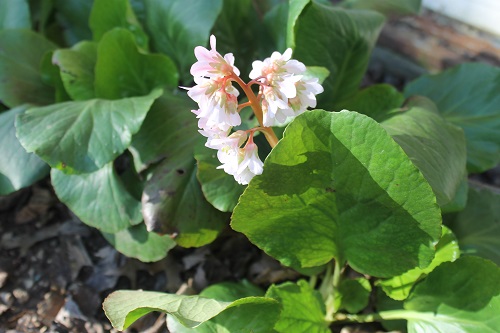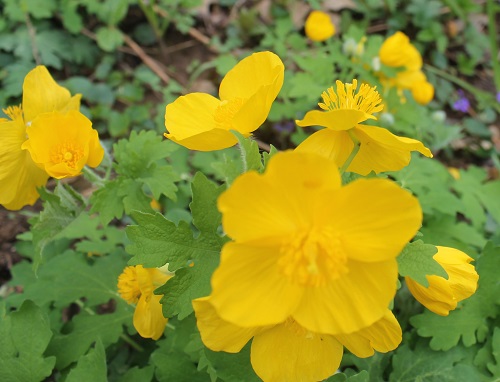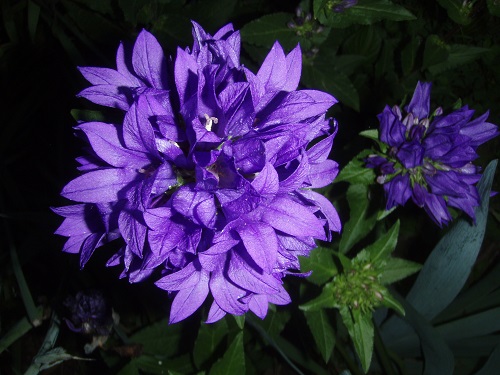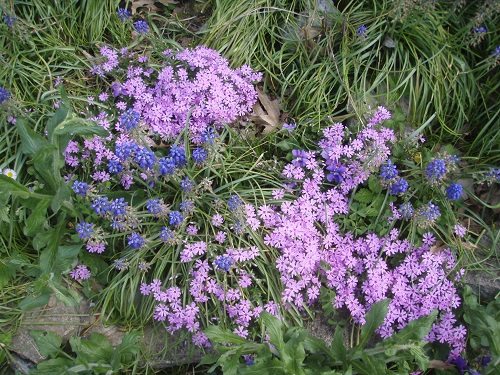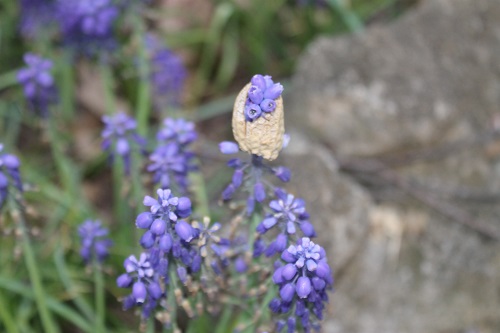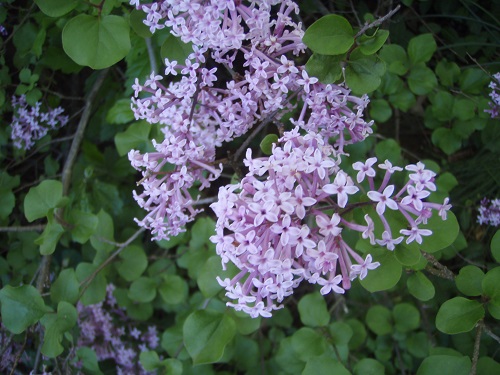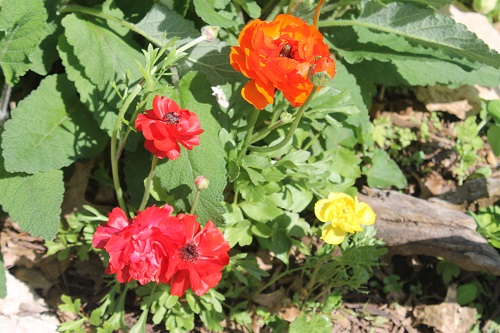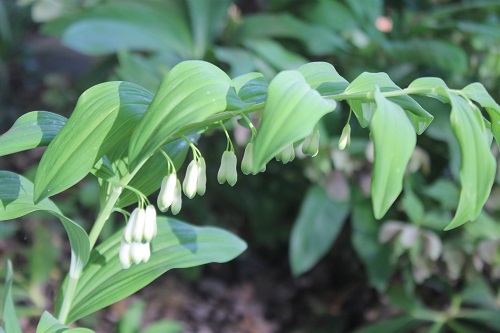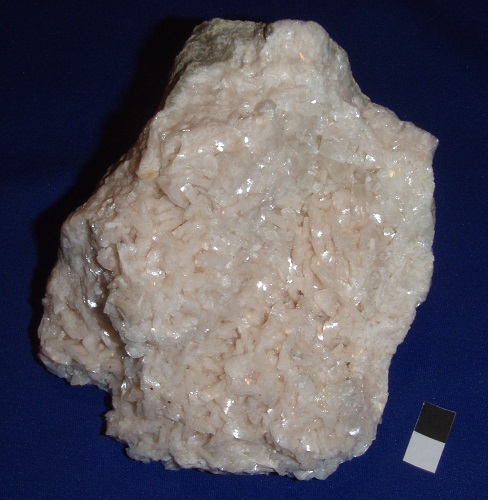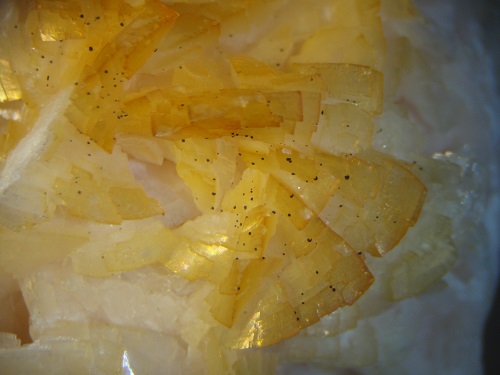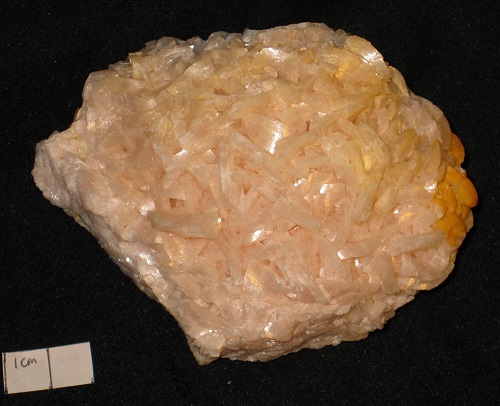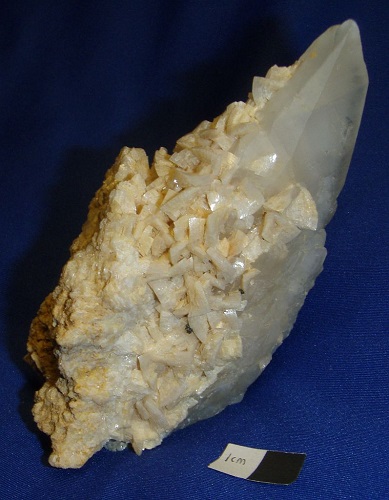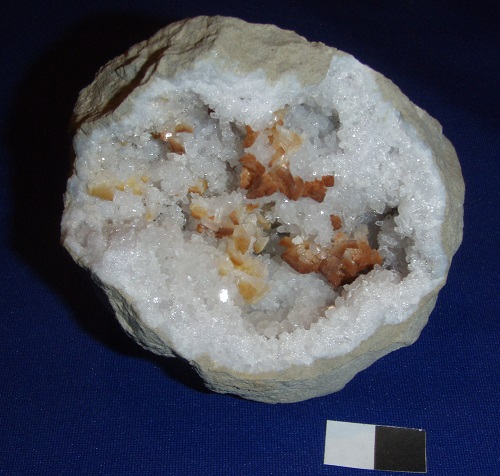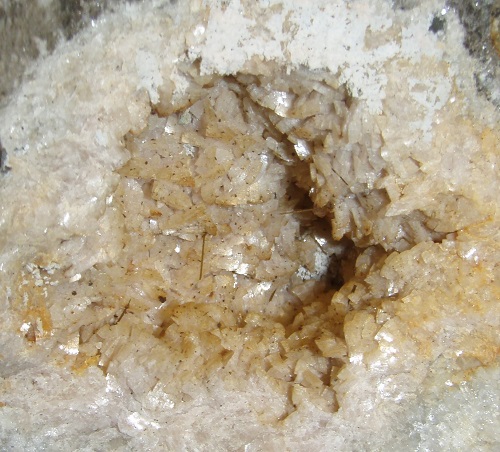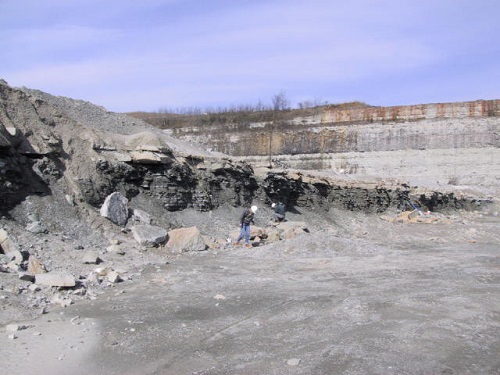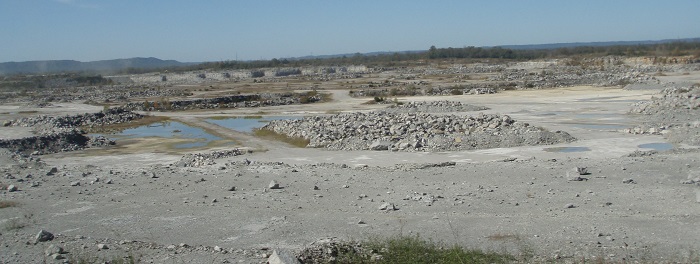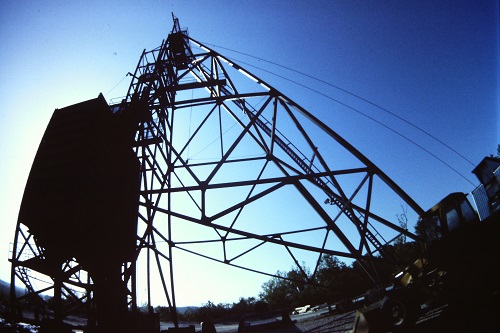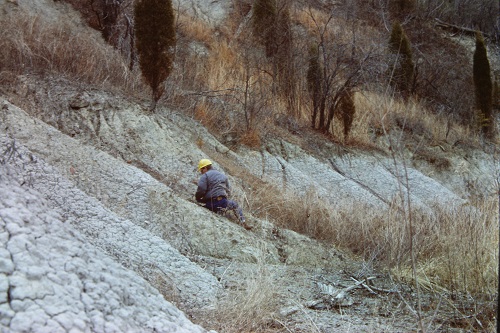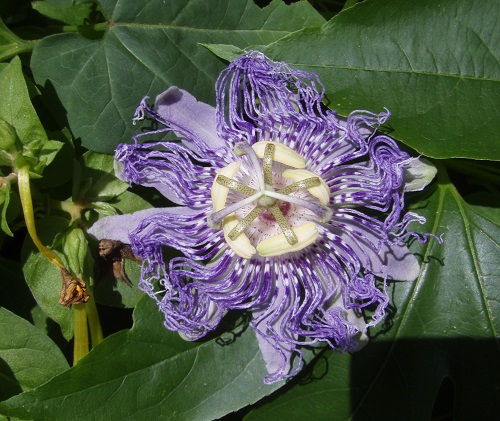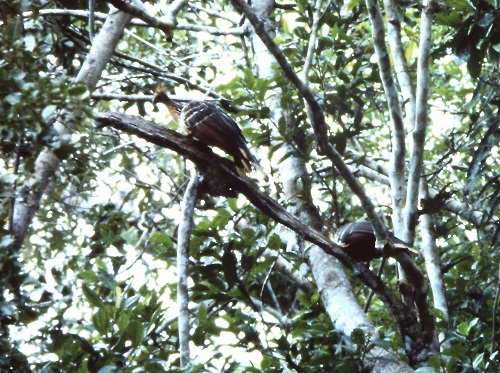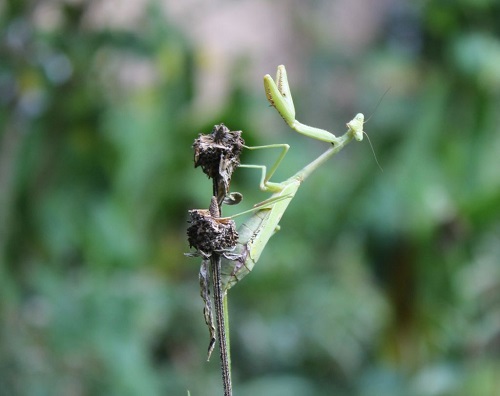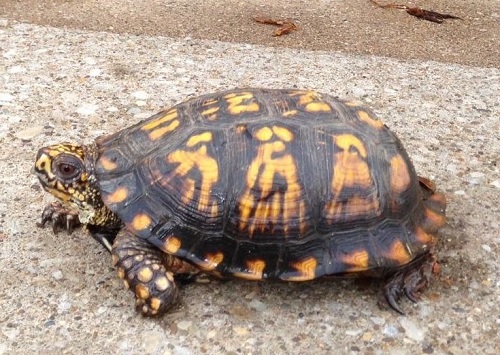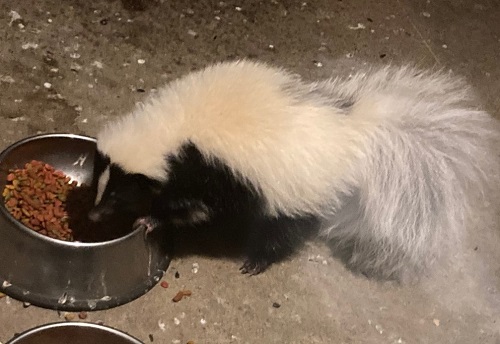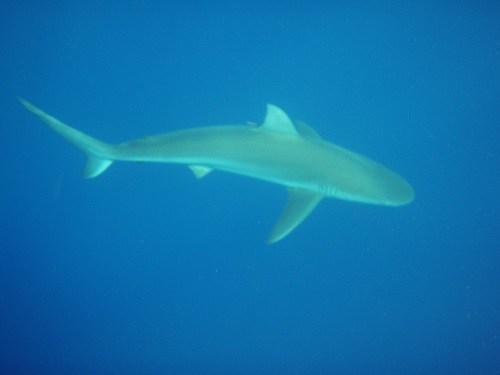One of the most collectible non-gem minerals on Earth. It’s calcium fluoride, the primary source of fluorine, a highly reactive element and an important industrial chemical. Fluoridated toothpaste and water get their fluorine from this mineral.
Fluorite is found throughout the world. Major deposits are in the U.S. (particularly Illinois & Kentucky), Mexico, South Africa, England, Spain, and France. But collectible minerals come from even minor, non-economic deposits.
Crystals have perfect cleavage (they break really easily!) and are soft – 4 on Moh’s hardness scale. That combination makes the cut stones a bad choice for jewelry. One tiny bump and it can be scratched or crack. Drop it and it’s history!
Fluorite occurs in virtually every color and hue but in its purest form is completely transparent. Purple, blue, yellow and green are the most sought crystals. The cube is the most common form, but other shapes include octahedron, tetrahexahedron, dodecahedron, etc. – and combinations thereof!
I have written extensively about the fluorite deposits of southern Illinois and western Kentucky (see my bibliography). The “fluorspar district” has a dedicated page, so the specimens shown here are from other locations.
Link to Photos from Non-U.S. Locations
Colorado
Nancy Hanks claim, Unaweep Canyon in Mesa County, is a mine known for green fluorite.

Wagon Wheel Gap Mine, Saguache County, is well known for fluorite,





Indiana
Mathes Quarry, Harrison Co. (currently owned by Vulcan Materials which has ceased operations)

Corydon Quarry, Harrison Co. – is best known for pink dolomite and calcite, but also has a fair amount of fluorite scattered in pockets. Fluorite is usually the first mineral to form in pockets and is often partially or completely covered by later dolomite.

Kentucky
Irvington Quarry, Breckenridge Co. – perhaps the best fluorite outside of the western Kentucky fluorspar district and the central Kentucky Mineral District. Purple and yellow cubes in a specific layer that is rarely mined these days.



Muldraugh dome in Meade County, at Fort Knox – Geodes bearing isolated, usually etched, fluorite cubes occur in geodes found near the center of the geological a structure.

Hayden Mine (East Faircloth vein), Mundy’s Landing, Woodford Co. near the Kentucky River. These photos were from a summer 1989 collecting trip. Photos inside the mine will eventually be posted.





A temporary quarry was established on the Bluegrass Parkway at KY33 during road work. It was buried and covered in grass and is no longer visible – much less collectable.








Idaho
Keystone Mountains, Idaho – a location described to me by economic geologist Allen Heyl that I forwarded to Idaho collector Lanny Ream.


New Mexico
There are many fluorite occurrences in New Mexico. Some are on claims others on private ranches where collecting is no allowed.



Fluorite, almost botryoidal. Label says “Redrock, New Mexico.” Based on a photo of the specimen, Mineral expert Ray Demark thinks it is from the Great Eagle mine, Telegraph district, Grant Co., New Mexico – which isn’t far from Red Rock. Collected in 1993. Obtained in trade from Kevin Ponzio (Wisconsin) at the 2009 Kyana Geological Society show.
Ohio
The Silurian limestone quarries in Ohio are famous for fluorite. It is usually yellow or brown due to organic inclusions like petroleum. As such, they fluoresce brightly.

Wyoming











































